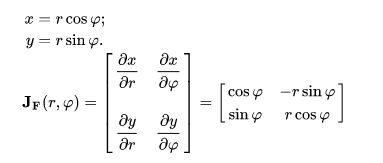0
I have created the map function using Scheme, but I want to implement it in APL.
(define (map func lstt)
(cond
((null? lst) '())
(else (cons (func (car lst))
(map func (cdr lst))))
)
)
The map function takes two arguments: a function: func (like double: *2) and list of integers: lst
Calling...

